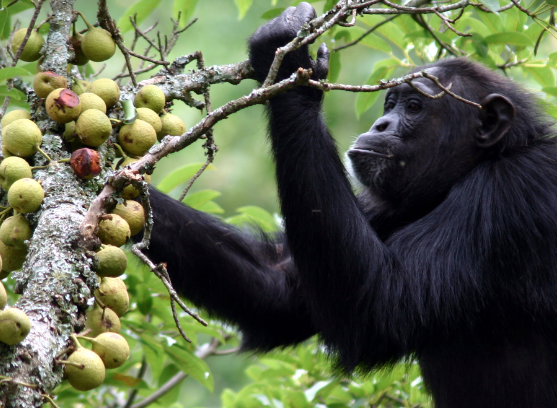
Nov 11, 2014 | Natural History Blog, Seed Dispersal
Let’s explore what primates do in forests… For over 25 years, I have been documenting the incredibly important roles that monkeys and apes play in tropical forests through the simple act of feeding themselves. While most primates will consume insects and a bit of meat...
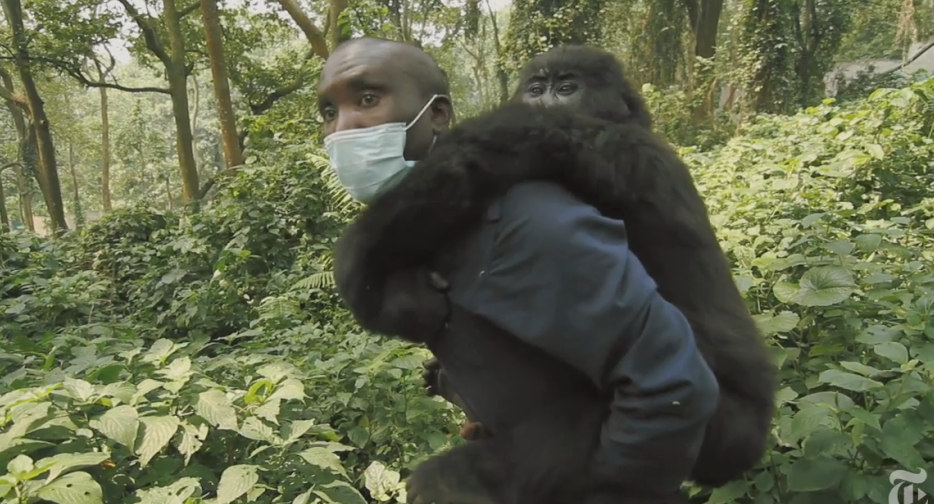
Nov 8, 2014 | Conservation Biology, Natural History Blog
Please WATCH THIS incredibly moving 8-minute documentary: Gorillas in the Crossfire by Orlando von Einsiedel, with funding from the Britdoc Foundation. It documents the remarkable dedication of park guards at the Virunga National Park, eastern Democratic Republic of...
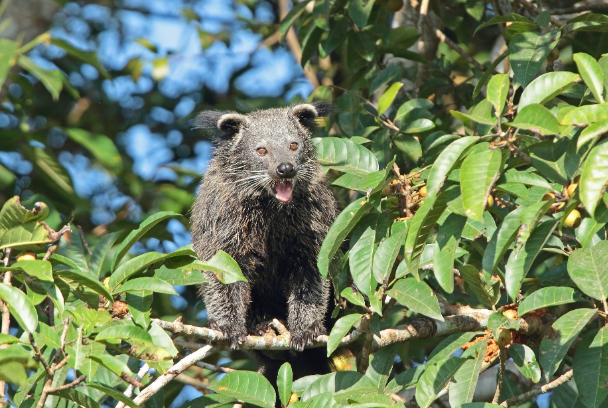
Nov 8, 2014 | Diet and Nutrition, Natural History Blog
I thought I might take a bit of time clarifying the differences among the terms carnivore, carnivora, and carnivoran as they are often confused… The term “carnivore” is one that is best defined by a simple food web: at the base (first trophic level) of the food web...
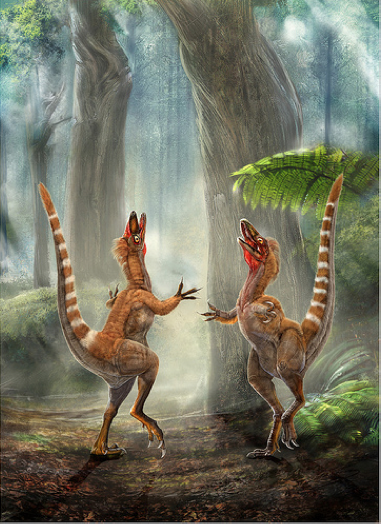
Nov 6, 2014 | Evolution, Natural History Blog
It is now known that feathers first evolved in dinosaurs. So-called protofeathers serve an insulation function, which would have been important to poikiotherms/ectotherms such as dinosaurs whose internal sources of heat would have been negligible. This is not such a...
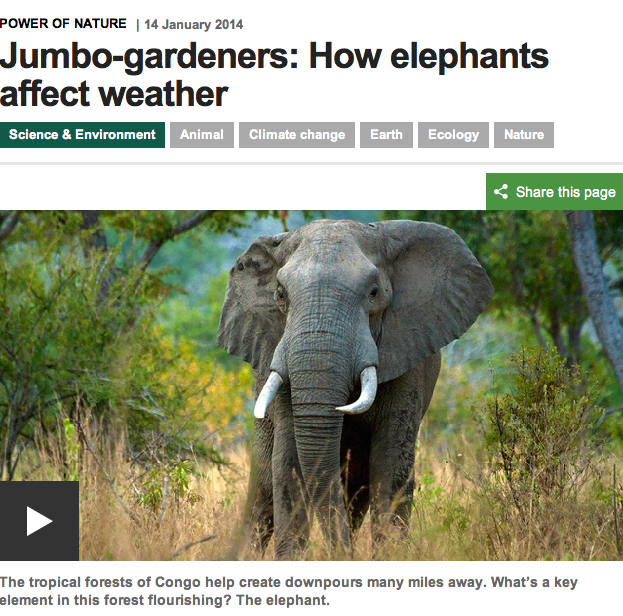
Oct 22, 2014 | Natural History Blog, Seed Dispersal
Over 90% of tree species in the tropics rely on animals to disperse their seeds… Why? Its simple: seeds are more likely survive and germinate if they are moved away from their parents because they avoid being noticed by rodent predators and fungal and...






